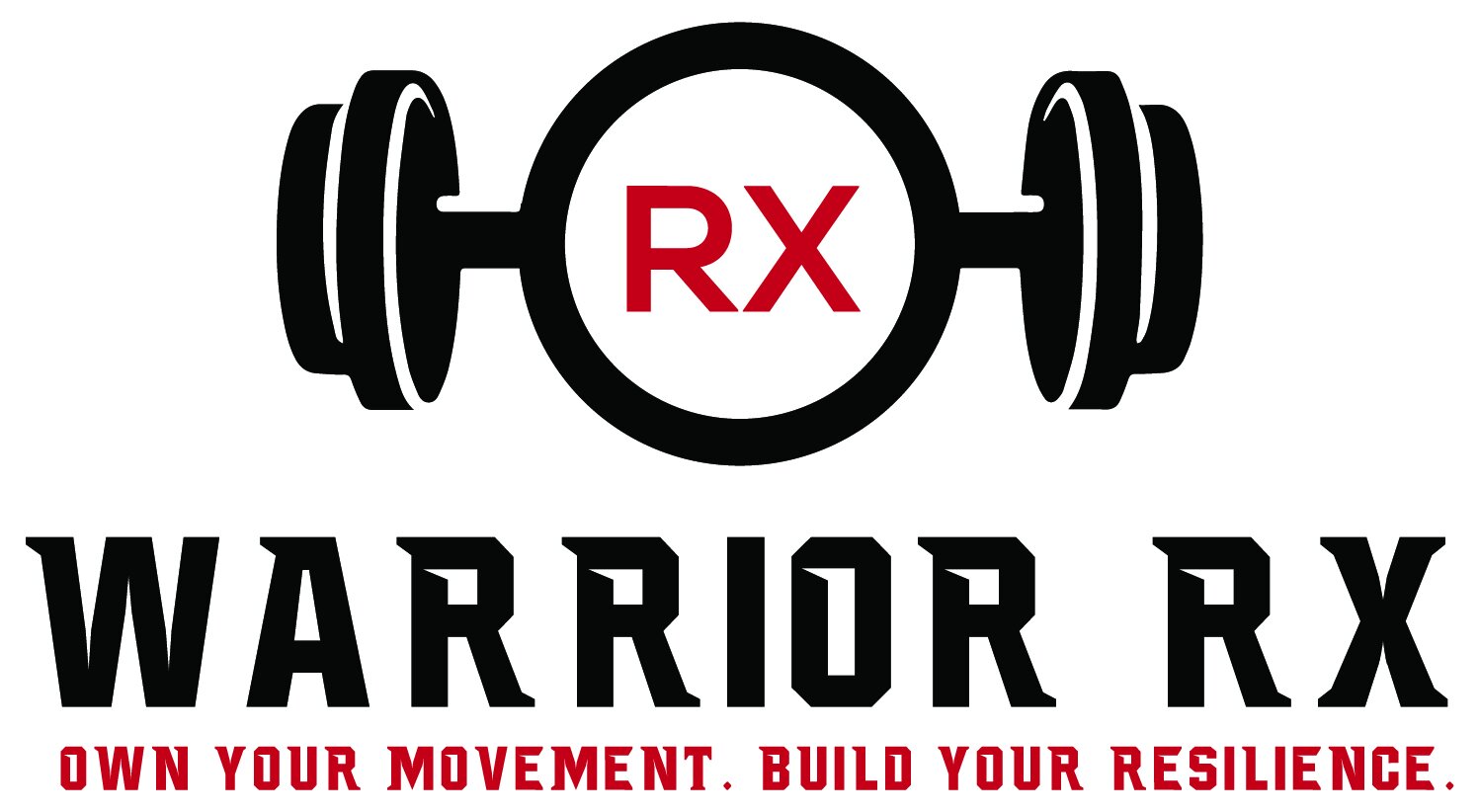If you’ve been alive for the past 30 years, you’ve heard that the solution to low back pain is core strengthening. I even spent an entire semester in PT school learning about core strengthening. But when I started practicing I realized a huge hole in low back rehab. The lower back muscles need strengthening after injury just like everywhere else in the body. It would be insane to have a rotator cuff injury and not do rotator cuff strengthening…yet direct lower back strength is often lacking in rehab programs.
The deadlift gets a bad rep when it comes to low back injury, however it is king when it comes to lower back strengthening. But sometimes the body needs a break from deadlifting. Whether you’re experiencing low back pain or looking for exercises to use to improve your lower back strength, below are my current favorite exercises to strengthen the lower back directly and build resilience to heavier and repetitive loading
.
Chinese Plank. With no movement occurring at the spine or hips this is a great entry level isometric exercise to increase endurance and promote functional stiffness of the lower back. Add a weight across your pelvis for an added challenge.
Reverse Hyper Holds. A progression to supporting more of your bodyweight. No need to extend the lower back when performing because we want to work on minimizing movement at the spine and create stiffness to prevent pain.
GHD holds. Make sure you’re squeezing your gluten and keeping your torso parallel to the floor. Work up to at least 2 minute holds.
Bent Over Rows. Progressing your movement into the midrange hinge pattern where position of the spine is often lost by athletes to reinforce spinal stiffness and endurance for high volume deadlifting. You can vary whether you use kettle bells, dumbbells, a barbell, or even band resistance.
Banded Goodmorning. Reintroducing the full motion with band resistance will help to reinforce appropriate movement quality for a better bar path when returning to the barbell.
Having a strong core is an important part of low back pain management.
Having a strong back is an important part of low back pain management.
Struggling with low back pain?
Send us an email: abigailbird@warriorrxtucson.com to get started on your low back rehab.


